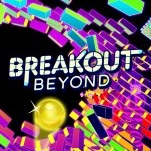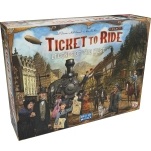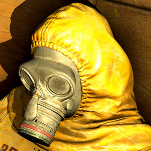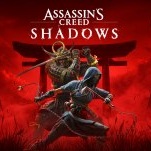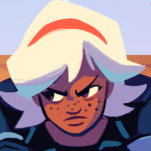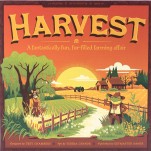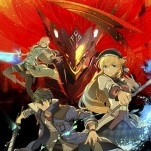It’s Not a Problem if You’re Not First in Onrush
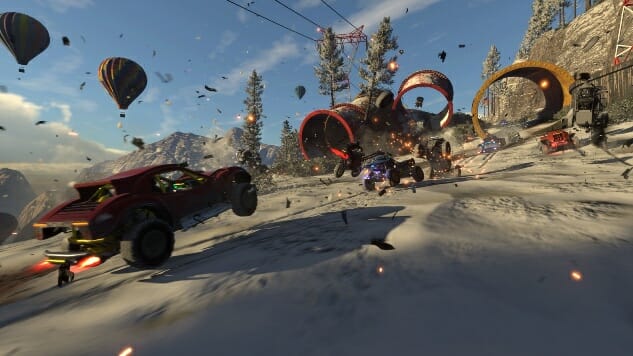
Enter Mad Max: Fury Road—two hours of cinema in constant motion, a convoy kicking up dust and leaving churned metal in its wake. It offers a visual catharsis—albeit a violent one—of a world where the destination is merely a backdrop and the starting point is deep in the past. What matters most is what happens between beginning and end, cars weaving between and slamming into one another. It’s loud, brash and unabashedly obsessed with the madness of speed. Now, enter Overwatch—a hero based first-person shooter that urges teamwork over a lone wolf mentality. Balancing classes, looking out for your team, and playing the objective are what matter most. Death racing across a barren wasteland can be team based as well, with war boy looking out for war boy. Codemasters has found the common ground between a death race and a team-based shooter, between Fury Road and Overwatch, in their newest game Onrush.
Onrush is an arcade racing game with no beginning and no finish line—in the classical sense. It melds arcade racing with the template of play found in the common, modern online-shooter. In theory, this idea probably shouldn’t work.And yet Codemasters has brought something truly original to the racing genre.
A racing game where finishing first isn’t the point might sound preposterous, but Onrush is a refreshing take on arcade racing and online competition. The feeling of triumph and the rush of adrenaline felt when you just barely snake into first place during a sprint race in Forza Horizon 3 is one of the best and rawest feelings that games can elicit. As a form, videogames are meant to be beaten and, like a race, that usually involves the player besting a series of challenges—usually ever increasing. Onrush trades in the first-place mentality for the triumph-through-teamwork and objective completion nature of most modern shooters. The result is a game that feels both unique and completely of our current moment.
Onrush’s core conceit is a six player vs. six player multiplayer experience where two teams thrash metal and boost past one another in order to complete different types of objectives in a series of interesting modes. Each vehicle, chosen before each match and after every crash, has its own unique class-name and a certain special move—team buffs, a timed damage boost and so on. They all handle differently enough to feel new when put to use. Some vehicles are meant for action, taking out rival players, while others are more defensive in that, when used correctly, they will help shield teammates from taking damage or supply them with extra boost.
Boost acts as a core pillar to Onrush’s player locomotion. Getting air and taking out rival players or any of the constantly respawning AI vehicles that litter the track will add to every car’s boost meter. Boost enough and the car’s special move will be available to use. It is in this core loop that Onrush begs the player to go fast, take the offensive and take every risk possible. A big jump? Go for it. A pack of cars ahead? Power through them, leaving a smoldering graveyard of crushed bumpers and chassis in your wake. Speed is your best friend in Onrush and, when boost is used tactically, it becomes the key to completing most of the motion-based objectives. For example, one of the game modes, Lockdown, is a domination-like mode where a circle that is always ahead of the stampede of vehicles becomes the focal point for in-game conflict. Using boost and each car’s special move offers the chance to get to the contested spot of land before the rival team can. When a team times and uses their boost and specials consecutively, holding the objective becomes an easy victory over the enemy team. Like boost, teamwork is greatly pressed onto the player.
Every multiplayer mode and the hero-type vehicle layout in Onrush begs players to work together. In my time with multiplayer, teams that worked together and balanced out their vehicular class-types always reigned victorious over the other team. Granted, as of now, ranked play is locked—using teamwork in the quickplay section of multiplayer is still relatively easy. Speaking of ease, the game’s arcade racing and beautifully colorful visuals hides a deceptively high skill-ceiling. In this, Onrush becomes comparable to Rocket League. Upon the latter game’s launch, tactics and high-skill play had yet to exist and most players competed at a similar skill-level. In its current state, the same can be said for Onrush—enough time has yet to pass for players to really dive into specific handling tricks and communication skills to create a higher, pro-like level of play. Yet, every facet of the game suggests that, given time, its simplicity and arcade-like kindness will yield a more creative and deeply-tactical experience. Through the eventual addition of ranked play, this will likely become readily apparent. The ranked play is currently locked away and will be arriving at a later date, and I look forward to what its addition will bring to the games community.
-

-

-

-

-

-

-

-

-

-

-

-

-

-

-

-

-

-

-

-

-

-

-

-

-

-

-

-

-

-

-

-

-

-

-

-

-

-

-

-



































